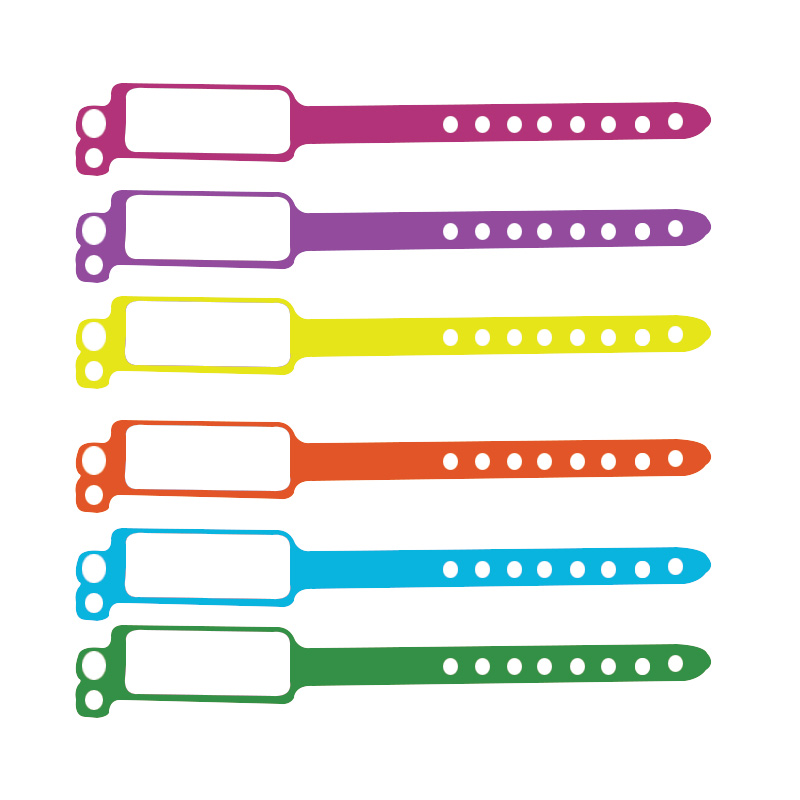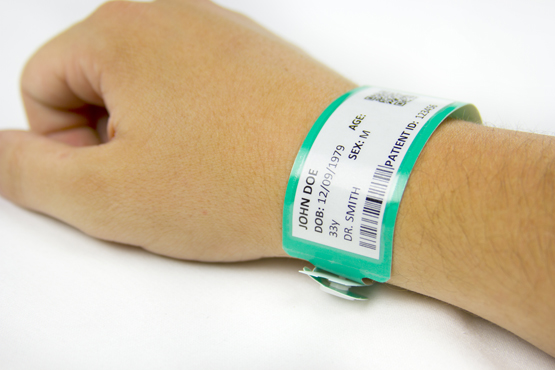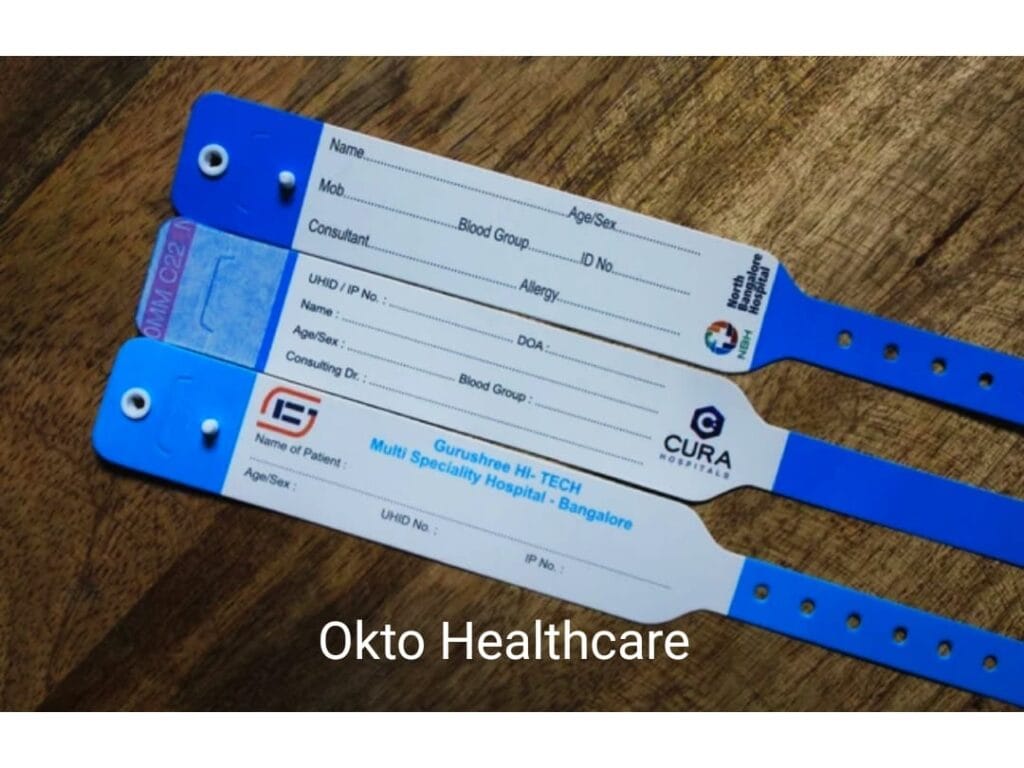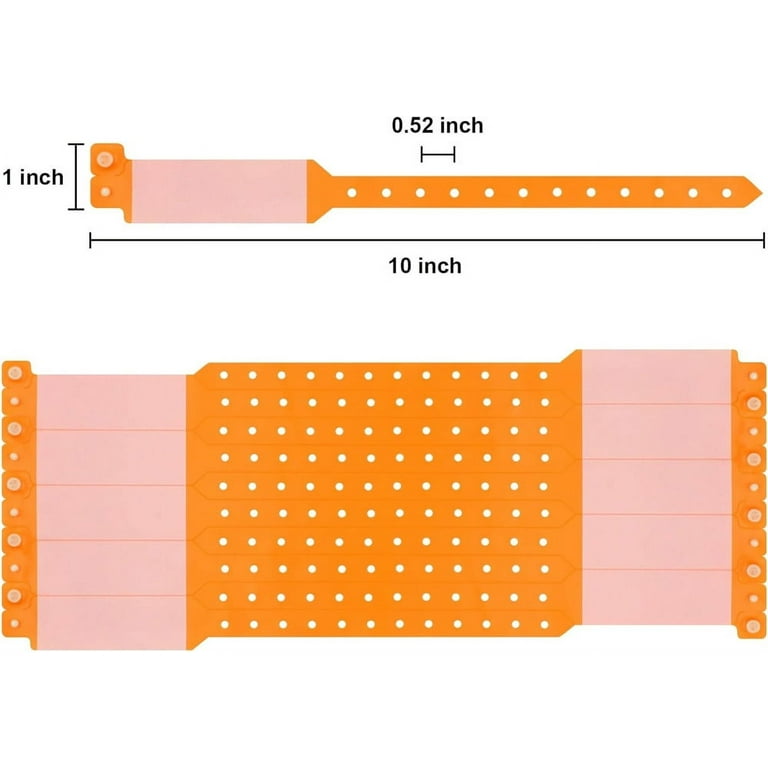Enhancing Safety: The Relevance of Patient Identification Bands in Medical Care
In the realm of healthcare, the efficacy of patient identification bands can not be overemphasized, as they offer as a fundamental safeguard versus misidentification and subsequent errors. As we discover the diverse role of these bands, it becomes evident that their value extends beyond mere recognition, raising inquiries concerning ideal methods and future advancements in individual security.
Summary of Patient Recognition Bands
Person recognition bands play a vital function in guaranteeing the safety and precision of individual care in medical care setups. These bands, usually worn on the wrist or ankle joint, offer as a vital tool for verifying patient identification, thus decreasing the risk of mistakes in therapy, medication administration, and various other health care treatments. Made from resilient products, client recognition bands often include crucial information such as the person's name, date of birth, clinical record number, and barcodes or QR codes for scanning.
The execution of client recognition bands is important in numerous health care settings, including hospitals, outpatient centers, and long-term care institutions. They contribute to an organized method in person management, allowing medical care professionals to promptly and accurately determine people, especially in high-pressure scenarios where speedy decision-making is crucial.
In addition, making use of these bands is straightened with governing requirements focused on improving patient safety - Patient Identification Band. By making sure that each individual's information is easily easily accessible and conveniently proven, medical care suppliers can keep a high criterion of treatment, decrease the occurrence of negative occasions, and promote a culture of security within healthcare institutions
Benefits of Accurate Recognition
Precise identification is essential to improving individual security and care quality in healthcare setups. It works as the very first line of protection against errors that can bring about damaging individual results. By guaranteeing that each client is correctly identified with dependable methods, such as individual recognition bands, doctor can considerably minimize the threat of misidentification, which can cause unsuitable therapies, medicine errors, and also surgical mix-ups.
Moreover, exact client recognition assists in effective interaction among medical care teams. When all staff participants can consistently recognize clients, they can share essential info more effectively, leading to far better coordination of treatment. This is particularly crucial in emergency circumstances where prompt interventions are critical.
Furthermore, exact identification sustains compliance with regulative criteria, thus lowering the danger of legal effects for health care centers. It fosters trust fund between patients and medical care companies, as patients really feel much more safe and secure understanding that their identifications are being protected.

Common Challenges Encountered
Making certain efficient individual recognition in health care settings presents a series of challenges that can endanger security and care high quality. One significant challenge is the irregularity in client populaces. Clients might show up in a state of confusion or distress, making exact identification tough. Additionally, language obstacles can hinder efficient interaction, complicating the confirmation process.
An additional challenge is the reliance on human consider identification procedures. Medical care professionals may accidentally misunderstand or forget identification procedures, especially in high-stress settings such as emergency situation departments. This can cause mistakes, consisting of the administration of wrong treatments or medications.
Technical problems additionally position difficulties. Although digital health and wellness record (EHR) systems are developed to simplify client identification, system interruptions or user mistakes can disrupt the process. Additionally, the physical style of client ID bands can result in readability problems, especially in situations where bands are damaged or obscured.
Lastly, inconsistent training amongst team pertaining to recognition procedures can result in voids in expertise and method. Dealing with these challenges is essential for enhancing patient safety and security and making sure that identification bands serve their desired function efficiently.
Best Practices for Execution
To successfully execute patient recognition bands in healthcare setups, organizations must take on a diverse method that focuses on innovation, training, and standardization combination. Standardization involves developing clear protocols for the layout, application, and use of recognition bands across all divisions. This makes sure consistency and decreases the danger of mistakes linked to variances in band kinds or labeling methods.


Training is important for all healthcare team to ensure they understand the relevance of precise patient recognition, exactly how to correctly read and use identification bands, and the treatments to comply with in case of disparities. Routine workshops and correspondence course can strengthen this knowledge and advertise a culture of safety and security.
Innovation integration plays an essential duty in improving the effectiveness of person identification bands. Utilizing barcode scanning or RFID technology can simplify the recognition process, enabling for real-time confirmation of client identities. Furthermore, electronic wellness Extra resources record systems need to be configured to consist of alerts for mismatches in between the identification band and patient data.
Future Trends in Person Safety And Security
As health care continues to progress, the emphasis on individual safety and security is most likely to heighten, driven by advancements in innovation and a higher understanding of systemic threats. Emerging fads indicate a shift in the direction of more integrated systems that take advantage of information analytics, expert system, and device knowing to boost patient recognition procedures. These technologies can assist determine possible safety and try these out security concerns before they escalate, thus minimizing mistakes connected with misidentification.
In addition, the execution of blockchain modern technology might revolutionize how patient data is safely shared among health care providers, making sure that recognition bands are updated and constantly precise. This will not only improve client security however likewise promote smooth interaction throughout multidisciplinary groups.

In enhancement, the growing concentrate on personalized medication is anticipated to influence individual safety and security protocols. By integrating hereditary and demographic details right into identification systems, health care experts can customize treatments a lot more effectively, lessening the dangers of damaging responses due to misidentification.
Conclusion
In conclusion, client identification bands offer as an essential part in boosting security within healthcare environments. Inevitably, the continued focus on durable recognition methods will add to enhanced patient end results and total security in medical care setups.
In the realm of medical care, the efficiency of client recognition bands can not be overemphasized, as they offer as a fundamental guard against misidentification and succeeding mistakes.Patient recognition bands play a crucial duty in making certain the safety and security and precision of individual treatment in health care settings. Made from durable products, individual recognition bands often consist of important details such as the patient's name, day of birth, link clinical record number, and barcodes or QR codes for scanning.
By making certain that each client is properly identified with reliable ways, such as person identification bands, health care providers can substantially minimize the risk of misidentification, which can lead to improper therapies, medicine mistakes, and also surgical mix-ups.
In final thought, patient recognition bands serve as an essential component in enhancing security within medical care settings. Patient Identification Band.